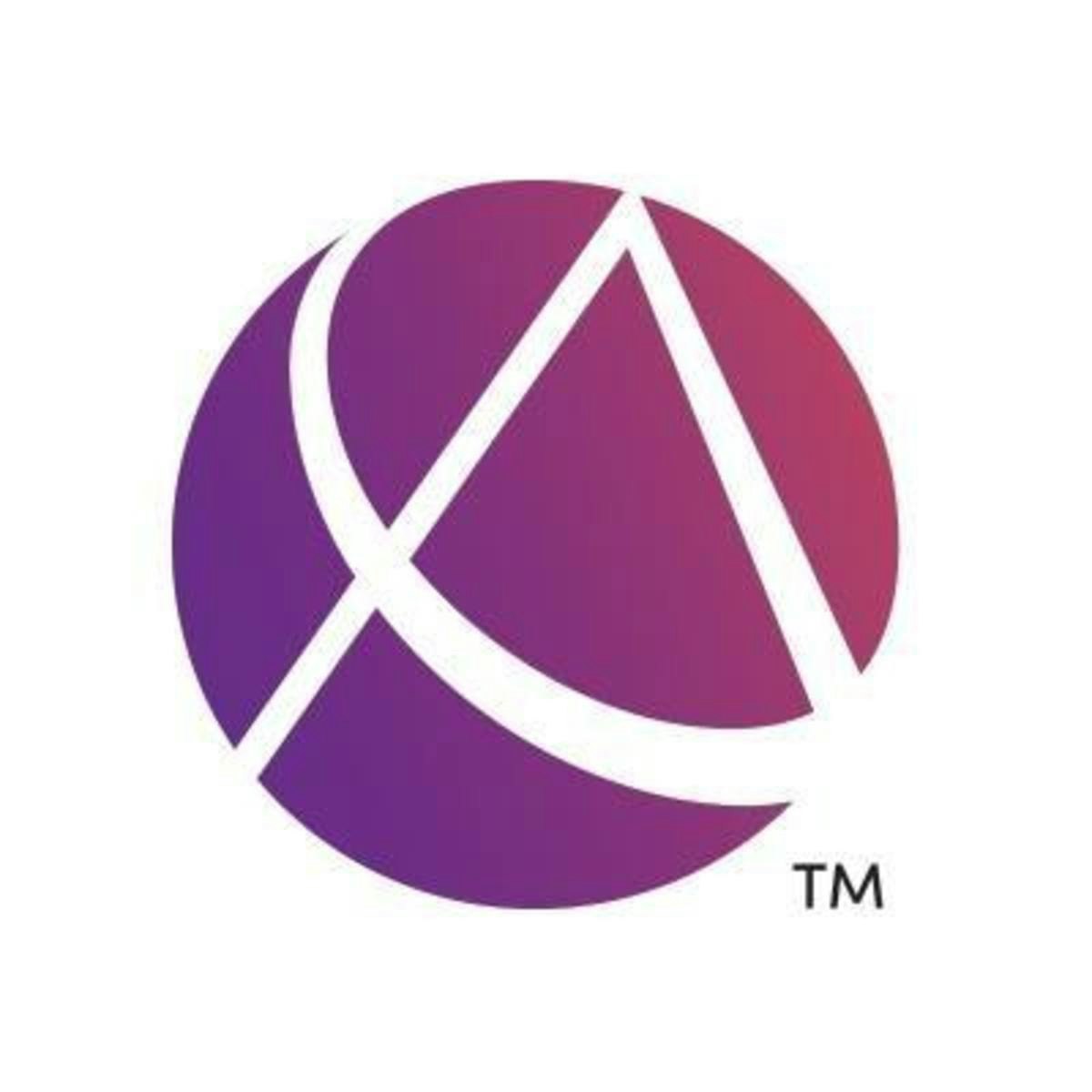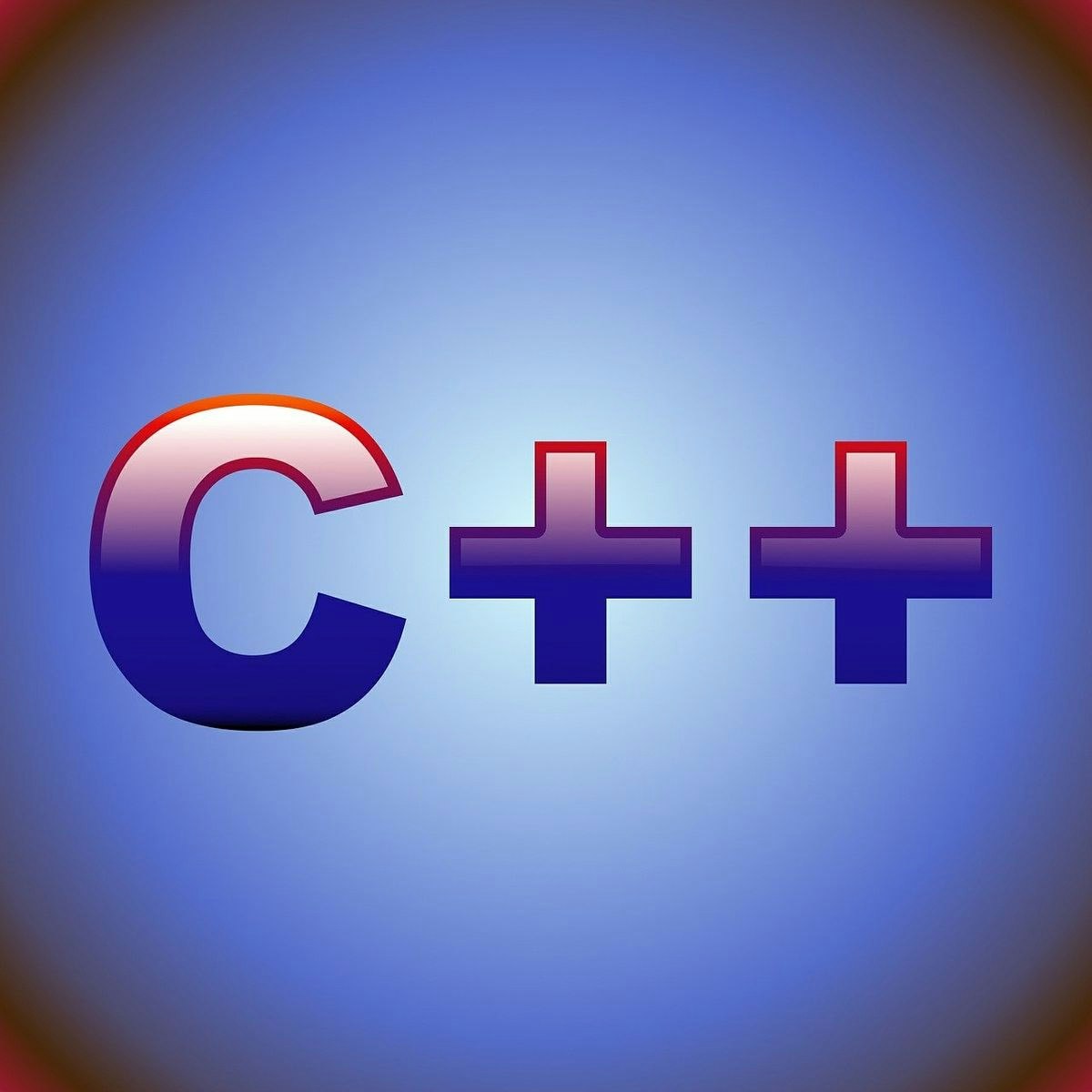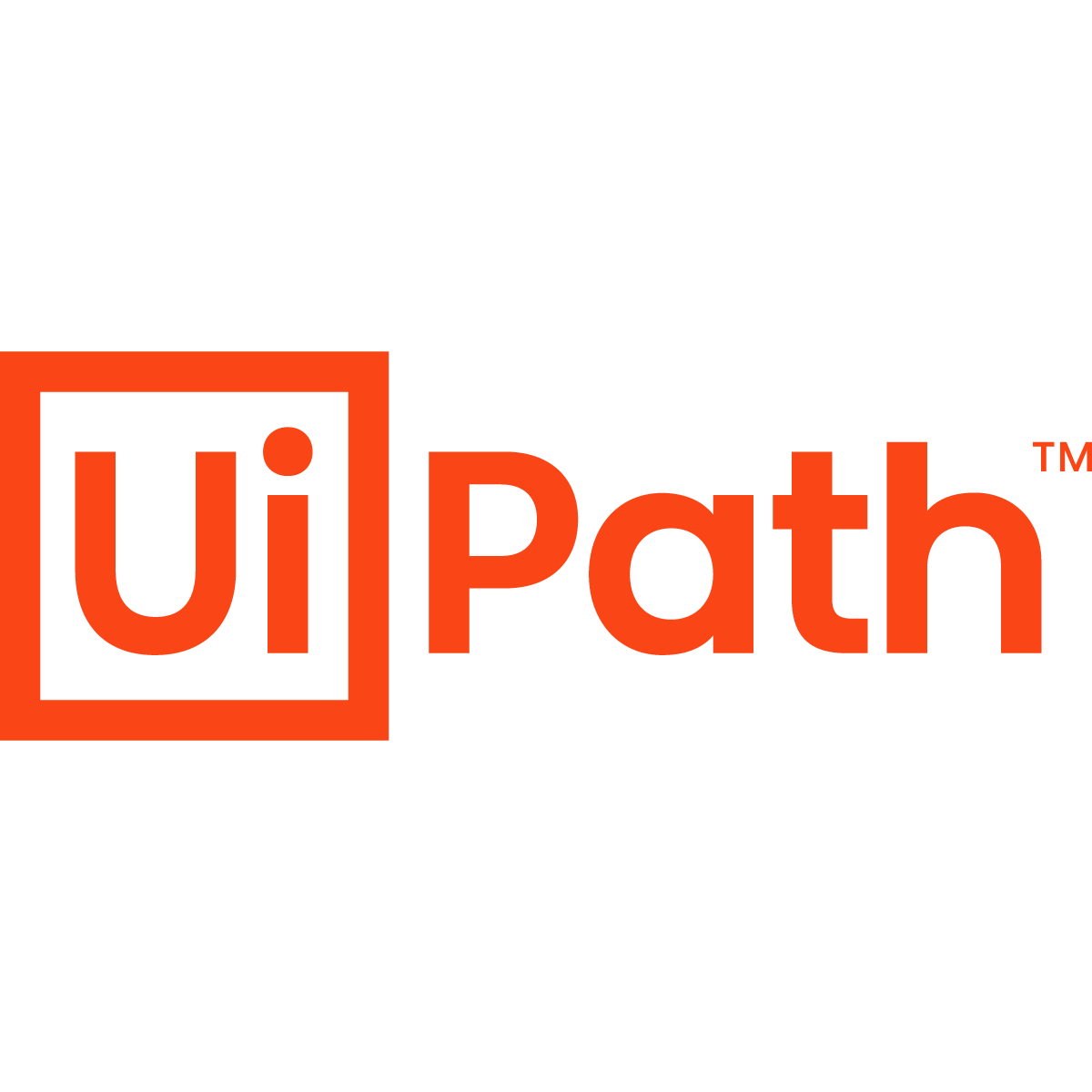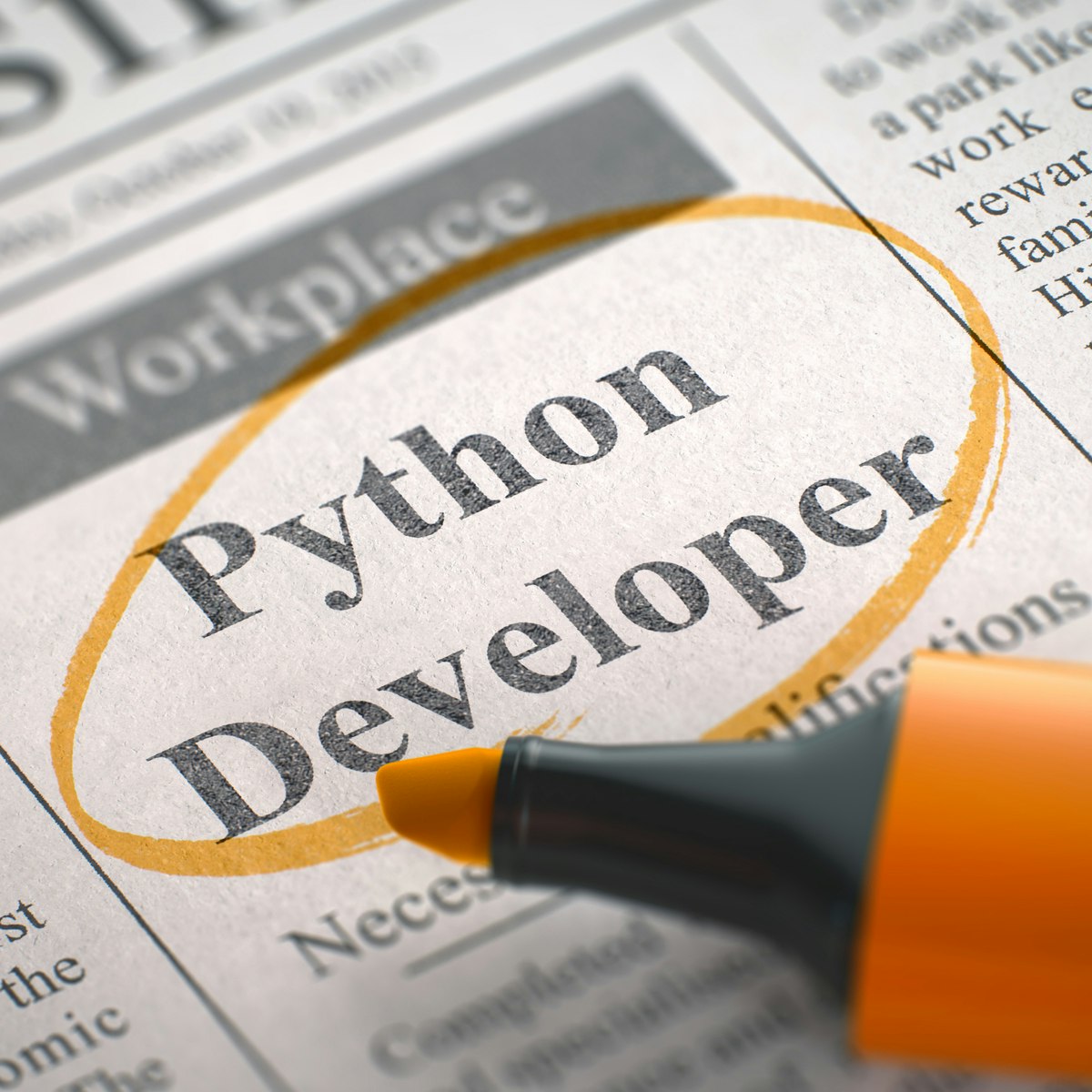Back to Courses









Software Development Courses - Page 5
Showing results 41-50 of 1266

JavaScript For Loop
In this intermediate-level project you will examine the concept of repetition programming – also called “looping." Using the Notepad++ editor and JavaScript embedded in HTML, you will write the JavaScript code to repeat a block of program code for a given number of times. As you work with the For Loop you’ll begin to realize why repetition programming is one of the most important features of computing.
Note: This course works best for learners who are based in the North America region. We’re currently working on providing the same experience in other regions.

Making the Case for Robotic Process Automation
Overview
Robotic Process Automation (RPA) is reshaping the accounting and finance profession. 40% of transactional accounting work is expected to be automated by 2020 and predicted to touch 230 million knowledge workers, 9% of the global workforce, according to McKinsey Research.
Driven by the need to stay competitive, decrease costs and increase efficiency, RPA is quickly making a significant impact on the profession. Companies no longer think about "if" but "when" to implement RPA.
Short Description:
• Robotic Process Automation (RPA) can transform business processes by eliminating the mundane, time-consuming, manual tasks that professionals complete; enabling them more time to focus on critical thinking. This course for accounting and finance professionals worldwide will show through use cases how robotic process automation can be utilized to decrease errors and increase productivity.
Course description/ Overarching Learning Goal
This course is intended to provide accounting and financial professionals with practical literacy on robotic process automation through a real-world, relevant data preparation use case. It will help identify potential uses and the benefits and considerations for robotic process automation. This course will help you make the business case by helping you assess requirements, define proof of value and measure and validate the ROI for automation.

Process Map Data using C++ Adjacency List Shortest Path
In this project you will use the adjacency list data structure and other data structures to find the shortest distance between a set of towns loaded from a file.
The shortest path problem is well known in the field of computer science. An adjacency list is probably the best data structure to represent a set of connected vertices to find the shortest path from one vertex to another. One application for shortest paths is in computer networking routing. Another common application for its use is on a Map, where it is useful to find the shortest distance from one town to another.
Note: This course works best for learners who are based in the North America region. We’re currently working on providing the same experience in other regions.

Perform basic data analysis tasks using Java streams
In this 1-hour long project-based course, you will learn how to create a Java Stream object based on an array of data, and understand the distinction between terminal and intermediate stream operations. You will iterate through the data stream using the forEach method, and use a range of Stream methods to perform logical operations on the data stream. You will perform basic statistical calculations on a stream of numeric data, and string operations on a stream of string data. You will learn how to use the map, filter, and reduce Stream methods. Finally, you will learn how to load a CSV file, the COVID vaccination dataset, and turn it into a data stream, and perform basic exploratory analysis of the data.
Note: This course works best for learners who are based in the North America region. We’re currently working on providing the same experience in other regions.

JavaScript Variables and Assignment Operators
In this beginning-level project you will work with JavaScript variables and assignment operators by writing and testing JavaScript code using the Notepad++ text editor and the Chrome browser. Since variables are used as containers to hold values in JavaScript, knowing how to use them is an essential skill for a JavaScript programmer. You will learn how to create a variable, name it correctly, and use it to store a data value using an assignment operator.
Note: This course works best for learners who are based in the North America region. We’re currently working on providing the same experience in other regions.

Real-Time Embedded Systems Theory and Analysis
This course can also be taken for academic credit as ECEA 5316, part of CU Boulder’s Master of Science in Electrical Engineering degree.
This course provides an in-depth and full mathematical derivation and review of models for scheduling policies and feasibility determination by hand and with rate monotonic tools along with comparison to actual performance for real-time scheduled threads running on a native Linux system. By the end of this course the learner will be able to full derive the fixed priority rate monotonic least upper bound for feasibility as well as justifying the rate monotonic policy and will be able to compare to dynamic priority scheduling including earliest deadline first and least laxity policies.
At the end of this course learners will be able to fully derive and explain the math model for the rate monotonic least upper bound as well as performing timing diagram analysis for fixed and dynamic priority software services. Tools to provide analysis will be learned (Cheddar) to automate timing analysis and to compare to actual performance.
Specific objectives include:
● Rate monotonic theory (complete math models)
● Differences between fixed priority rate monotonic policy and dynamic priority earliest deadline first and least laxity policies
● Scheduling theory and practice writing code for multi-frequency executives, priority preemptive RTOS services, and real-time threaded services on traditional operating systems (Linux)
● Building a simple Linux multi-service system using POSIX real-time extensions on Raspberry Pi 3b using sequencing and methods to log and verify agreement between theory and practice
● Timing diagram generation and analysis using Cheddar

Step into RPA
Step into RPA is a 4-hour course where you will learn the basic concepts of Robotic Process Automation, commonly known as RPA, and understand the capabilities of software robots. The course equips you with skills to automate repetitive day-to-day tasks.
This course is tailored for non-technical audience who want to learn the basics of Robotic Process Automation and have basic knowledge of computers.

Build a Guessing Game Application using Java
In this project you will create a guessing game application that pits the computer against the user. You will create variables, static methods, decision constructs, and loops in Java to create the game.
Learning Java gives the programmer a wide variety of career paths to choose from. Java was once the property of Sun Microsystems but is now an open-source (free) programming language that is used in web programming, mobile applications, and many desktop applications. Java is a natural choice for object-oriented programming as it contains many existing classes for the programmer to use from its feature-rich API. In addition, Java is truly cross-platform, which means it can be compiled on a Windows system and executed on a Mac or Linux system. Java contains a built-in garbage collector that removes objects no longer needed in the application which reduces memory leak issues.
Note: This course works best for learners who are based in the North America region. We’re currently working on providing the same experience in other regions.

Introduction to D3.js
This Guided Project, Introduction to D3.js is for those who want to learn about D3.js which is a JavaScript library for producing SVG-based, dynamic, interactive data visualizations in web browsers. In this 2-hour-long project-based course, you will get to know different SVG elements, build SVG-based webpages using D3.js, Integrate data into the SVG elements, and build simple data visualizations using D3.js. This project is unique because you will learn to build simple SVG-based data representations from scratch using D3.js. You will also learn how to integrate JSON data into your D3 data visualization. To be successful in this project, you will need to have knowledge of HTML, CSS, and Javascript programming language and to be experienced working with Visual Studio Code IDE.

Python Data Visualization
This if the final course in the specialization which builds upon the knowledge learned in Python Programming Essentials, Python Data Representations, and Python Data Analysis. We will learn how to install external packages for use within Python, acquire data from sources on the Web, and then we will clean, process, analyze, and visualize that data. This course will combine the skills learned throughout the specialization to enable you to write interesting, practical, and useful programs.
By the end of the course, you will be comfortable installing Python packages, analyzing existing data, and generating visualizations of that data. This course will complete your education as a scripter, enabling you to locate, install, and use Python packages written by others. You will be able to effectively utilize tools and packages that are widely available to amplify your effectiveness and write useful programs.
Popular Internships and Jobs by Categories
Find Jobs & Internships
Browse
© 2024 BoostGrad | All rights reserved